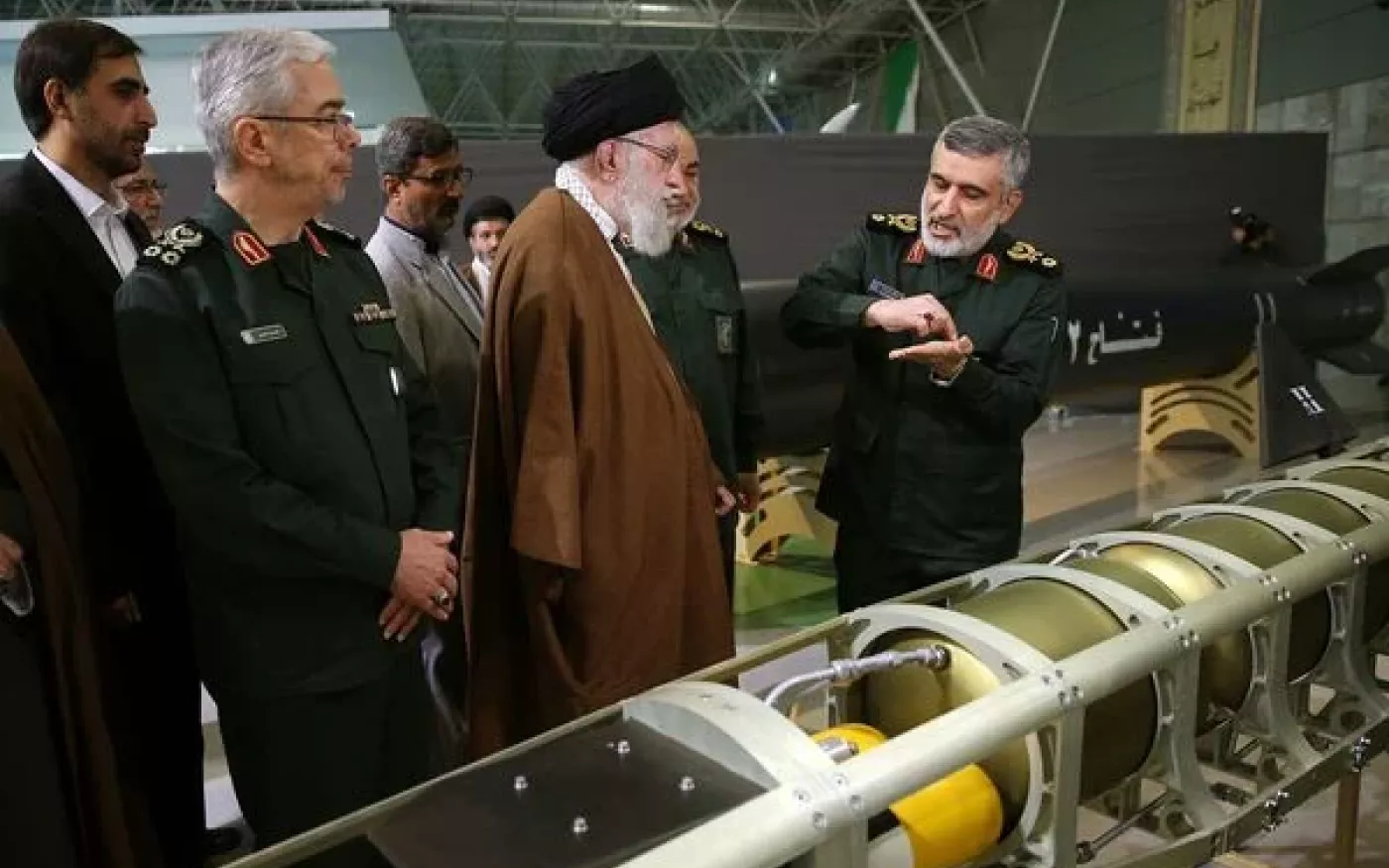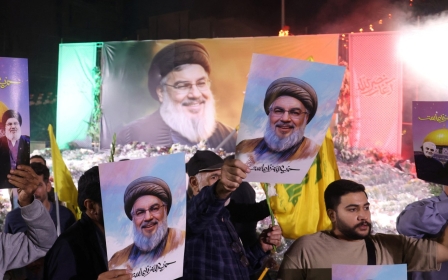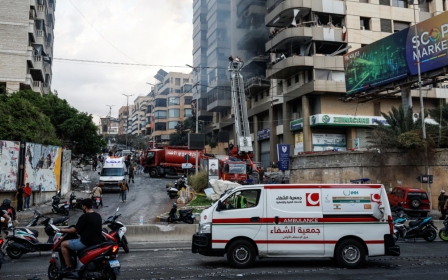What missiles did Iran use to target Israel?

Iran's ballistic missile attack on Tuesday was unprecedented. At least 180 were launched at Israel, with many apparently managing to penetrate the country's much-touted Iron Dome defence system.
Iran said the operation was solely aimed at military facilities and was a response to Israeli killings of key Iranian allies in the region.
"Our action is concluded unless the Israeli regime decides to invite further retaliation. In that scenario, our response will be stronger and more powerful," Iranian Foreign Minister Abbas Araghchi said in a post on social media early on Wednesday.
Iran has developed a highly sophisticated arsenal that reportedly includes hypersonic missiles that travel too fast for some of Israel's basic defences.
What missiles does Iran have?
New MEE newsletter: Jerusalem Dispatch
Sign up to get the latest insights and analysis on Israel-Palestine, alongside Turkey Unpacked and other MEE newsletters
In its previous heavily telegraphed attack in April, Iran fired a variety of drones and missiles at Israel, which were largely intercepted.
Israel said the attack involved 170 drones, 30 cruise missiles and 120 ballistic missiles.
Despite this, Tuesday's attack seems to have been on a greater scale.
Among the weapons Iran said it used on Tuesday was the Fatteh-2 missile, which the Guardian has reported as having a maximum speed of around 16,093km per hour.
The Fatteh-2 was unveiled on 19 November during a visit by Supreme Leader Ayatollah Ali Khamenei to the Islamic Revolution Guard Corps Aerospace Force (IRGCAF) museum in Tehran.
The Fatteh-1, unveiled the previous June, was reported by Iranian media to have a range of 1,400km (well within reach of Tel Aviv), while the second model is equipped with a "hypersonic glide vehicle (HGV) warhead" that "can manoeuvre and glide at hypersonic speed".
According to Tasnim News Agency, the "in-flight manoeuvrability of HGVs makes them unpredictable, allowing them to effectively evade air defences".
Other weapons likely used include the Emad, Shahab-3 series and Kheibar Shekan missiles.
Previous US assessments suggested that Iran had around 3,000 ballistic missiles in 2021 and could now have more.
"Iran has made clear it is capable of developing and producing a wide range of models and variants of functional ballistic missiles at scale," said NR Jenzen-Jones, director of the Armament Research Services (ARES), speaking to Middle East Eye.
"The country has also demonstrated its ability to stage and launch these relatively quickly."
He added, however, that novel models and variants of Iranian missiles can be difficult to identify, "as reference material often shows mock-up missiles from parades and media displays, and because numerous iterative developments have been incorporated".
How did Israel counter Iran's missiles?
Despite the advanced weaponry used by Iran, much of its volley was still intercepted by air defence systems.
While the more well-known Iron Dome system is primarily effective for much smaller Hamas rockets, the long-range Arrow 3 and Arrow 2 systems, developed with the US, are capable of tackling ballistic missiles.
The Arrow systems can target medium-range and long-range ballistic missiles when they are anywhere up to 2,400km away, and at altitudes of up to 100km, roughly the edge of Earth's atmosphere.
Meanwhile, Israel also uses the medium-range David's Sling system, which has primarily been effective against missiles launched by Hezbollah in Lebanon.
'Iran's missile stockpile has been reduced once again for no practical gain'
- NR Jenzen-Jones, ARES director
The US military also said it fired at least 12 anti-missile munitions against the incoming Iranian missiles on Tuesday from destroyers based in the eastern Mediterranean.
According to CNN, American destroyers are equipped with the Aegis ballistic missile defence system, which uses interceptor missiles that can strike and destroy incoming ballistic missiles in their mid-course or terminal phases.
Jordan also said it intercepted some missiles, without going into details.
In terms of their effectiveness, however, there are differing accounts - Iran's Islamic Revolutionary Guards Corp claims most hit their targets on Tuesday, while Israel says most were intercepted.
Jenzen-Jones said that the use of the word "hypersonic" to describe some of Iran's weaponry was slightly misleading and was generally applied to "indicate a more general sense of speed and manoeuvrability - therefore offering enhanced survivability.
"The extent to which these developments have proved beneficial is hard to assess in the immediate aftermath of last night's attack, but Israel's missile defence capabilities - augmented by those of allies, especially the United States - remain amongst the best in the world," he said.
"Iran's missile stockpile has been reduced once again for no practical gain, and their offensive and deterrent credibility has likewise been further undermined."
Middle East Eye delivers independent and unrivalled coverage and analysis of the Middle East, North Africa and beyond. To learn more about republishing this content and the associated fees, please fill out this form. More about MEE can be found here.





